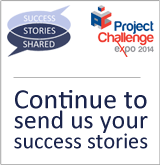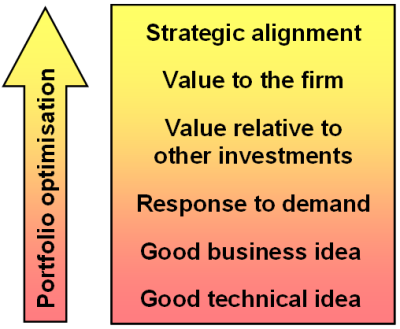Eating chocolate is known to be enjoyable, but eating too much can make us ill. A touch of salt makes things tastier, but too much is known to be unhealthy. Experience has taught us that things in moderation are usually better than too much, and so, it would appear, it is for change too. You can have too much change!
Change, though a fundamental human condition and essential for a healthy business, frequently meets resistance and negativity, leading to worsened working patterns and poorer performance and productivity. To achieve planned change, change that delivers the benefits and vision that drove the change, takes experienced change practitioners and leaders to maintain morale and ensure the changes are adopted and embedded.
So what happens when there is no apparent end to change? What happens when an organisation, for whatever reason, seems committed to undergo continual change?
Change fatigue! Change fatigue sucks energy out of people and the change system. It is worse than resistance, which can be turned and its energy used to drive things forward. Change fatigue makes people passive – nothing gets done, there is easy agreement but no commitment, with lethargy and tokenism that mean processes and behaviours remain unaltered, and no benefits realised.
So what does work? Big change or small change; big bang or structured change; brutal or soft? Any of these might work; but NEVER slow, drawn-out change. If you need an operation, there are many procedures that could be used, but you would never chose one that favoured “operate over the period of a week” approach… Change needs to be planned and communicated, with clear milestones which can be recognised and celebrated, if appropriate, and it needs an end.
Nor should it be delayed until the last possible moment. Waiting until the project is about to deliver, just won’t do – it is far too late. Tackling the change issues early is not only sensible, it is often the only way the issues can be properly addressed. This may mean starting as early as when decisions are being made during project portfolio prioritisation. Far from resource availability being the only deciding factor – so often the approach adopted in less mature organisations – it is the assessment and modelling of the impacts of the changes on the business wrought by the projects that are equally critical. With this as a clear governance accountability, the incidence of change fatigue drops.
But what approach should be taken?
First must be an evaluation of the value the change has for the business and the achievement of its strategy. This establishes the desirability of any project which then must be moderated by, firstly, the level of risk of not achieving the benefits, and only then by considering the impact and riskiness of resourcing the project – establishing its do-ability.
The real difficulty arises when ‘new’ decisions have to be taken in the context of all those made earlier about the project portfolio and allocation of resources to other projects and business-as-usual tasks. The likelihood of making a good decision on including a new project (in the overall change portfolio) that ravels earlier good decisions taken on other projects is very high. So how can this be addressed?
To make ‘safe’ decisions governance groups must look beyond simple ‘case-by-case’ assessments and look to apply organisation-wide capacity modelling tools and techniques. Such tools should provide a degree of ‘what if’ scenario planning. The major factors to be considered are:
- impact modelling: indicating the type, level of risk and timing of anticipated change mapped against the business areas receiving the changes from projects and other initiatives – whilst maintaining business as usual performance
- project modelling: indicating the optimal mix of projects: size, type and complexity, that the organisation can effectively manage at any one time to achieve the desired benefits
- resource modelling: indicating optimal combination of resources required to manage the agreed levels of project work.
Impact modelling is particularly helpful in sequencing and sizing change and is essential in dynamic businesses where significant change, and hence change fatigue, are common.
One approach that has paid big dividends to organisations with project portfolios with more than 20 projects is in the ‘efficient frontier’ modelling tool. It uses the concepts of risk-adjusted value and risk-adjusted project costs to identify the 5-10 genuine options for the most desirable and do-able portfolio.
It determines the best combinations in terms of return (both financial and strategic) from the initiative investment. To select the best possible portfolio, the governance group can then focus its attention on a small number of feasible portfolios (highlighted red boxes in the diagram). The real gain from this tool, and others like it, is most obvious when additional requests for projects arise after the portfolio has been agreed – a common, almost inevitable event that disturbs the best laid plans.
Change is an everyday reality for most businesses, and ‘change on change’ is becoming more frequent as the rate of change increases inexorably – but the human psyche has its limits, which must be understood and respected if the changes are to deliver the benefits that were the driver of the change.
CITI has worked in the field of making projects and programmes valuable for more than 20 years. If you would like to know more about any of these modelling techniques to enhance the likelihood of successful change in your organisation please call or write to Jane, who will be delighted to provide more information.











